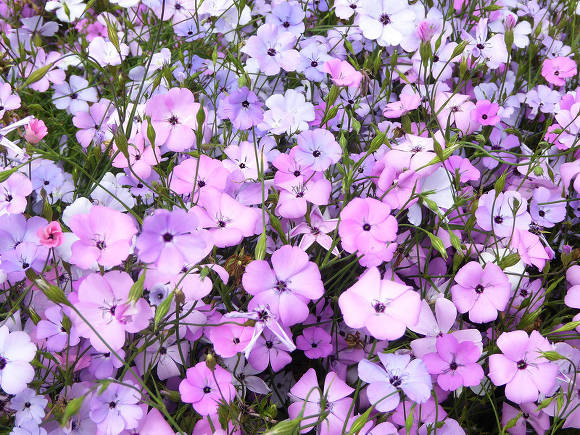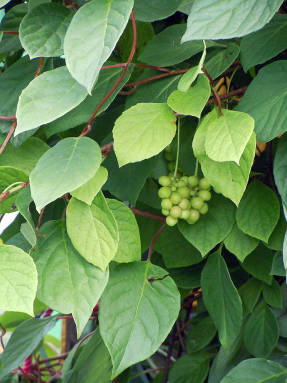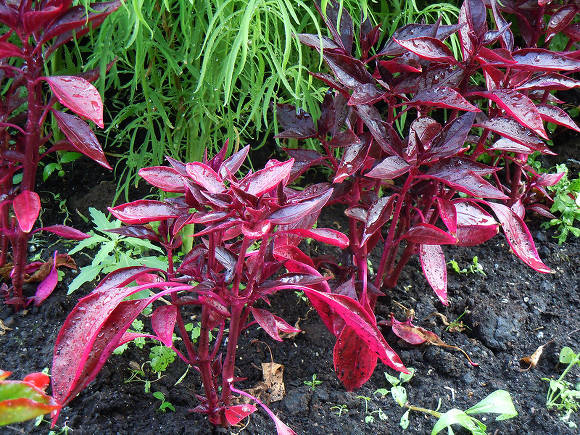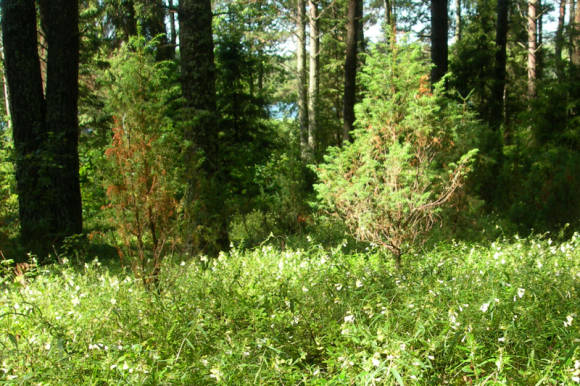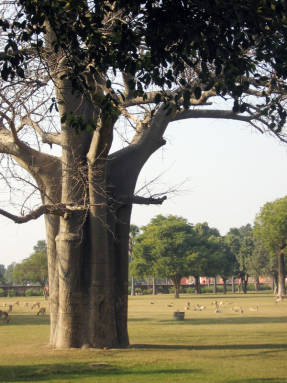
A very interesting representative of a large genus of ficuses of the Mulberry family is the Sacred Ficus, or religious(Ficus religiosa). It is also called the Bodhi Tree or simply Bo, as well as Pipal. The tree is native to India, and its natural range extends from the foothills of the Himalayas to the east, southwest of China, northern Thailand and Vietnam. This tree is worshiped and worshiped by followers of Buddhism, Hinduism and Jainism.
According to legend, thousands of years ago, the prince of North India, Siddhartha Guatauma, sat under a fig tree and meditated. When Siddhartha fully understood the meaning of life, he attained the highest and perfect enlightenment of Bodhi and became the Supreme Buddha, or the Awakened One. According to legend, not only Buddha, but also Vishnu was born in the shade of the Bo tree. In Buddhism, this tree is a symbol of good luck and prosperity. Silk threads of red, yellow and white colors are tied around it and pray for rewarding parents with offspring. In India, the Bodhi tree is commonly planted around temples.
The tree, considered historically associated with the Buddha, grew on Bodh Gaya in the northern Indian state of Bihar, but in the 2nd century BC. it was destroyed by King Pushpiamitra, but it was later renewed in the same place with a new plant received from him. In the 7th century A.D. it was destroyed again by the king of Sassanka. And the Bodhi tree, which is now on Bodh Gaya, was planted in 1881.
A descendant of the plant in whose shade Buddha received enlightenment, Sri Madha Bodhi, was planted in 288 BC. in Anuradhapura in Sri Lanka and is considered the oldest tree among flowering plants.
The sacred ficus grows as an evergreen or semi-deciduous tree, reaching a height of 30 m. Growing in a climate where there is never frost, it sheds only part of its old leaves during the dry season. The leaves are arranged in a spiral on smooth poyeg. Petioles are long, reaching 13 cm. The leaf blade is broadly ovoid, 7-25 cm long and 4-13 cm wide, thinly leathery, with whole, sometimes corrugated edges. Their distinctive feature is the presence of a thin drawn tip in the form of a tail. The central vein is clearly visible, the lateral veins are clearly visible. Stipules are oval and reach 5 cm. Like all ficuses, pipal has milky juice. Pseudo-fruits (syconia) are spherical, located in pairs in the axils of the leaves, reaching 1.5 cm in diameter, when ripe they turn purple. For them, the plant received another name - the Sacred Fig. It is a monoecious plant. The sacred ficus blooms throughout the year. The flowers are pollinated by a wasp of a certain species. Birds, monkeys, bats, pigs feed on fruits, and carry the seeds.

Plant life often begins as an epiphyte, settling in the leaf litter in the hollows of other trees. From there, the pipal descends aerial roots, which later serve as a support for it, forming a banyan tree. Aerial roots from lateral branches, like other ficuses, are not formed in this species. It grows as a single-stemmed tree, the diameter of the trunk with a smooth, light gray bark, can reach 3 meters or more.
As befits a divine plant, it heals ailments. In medicine, all parts of the Bo tree are widely used. The leaves are the most valuable. Juice is squeezed out of them or a powder is made, used to relieve fever, with dysentery, constipation, boils. Fruits are used to normalize digestion, are used for dehydration and heart disease, as well as for poisoning. The roots help to cope with inflammation. The extract from the roots lowers the level of uric acid in the body, thereby helping with gout. The bark from the roots helps with any inflammation in the mouth and throat area, in the treatment of back pain and ulcers. Milky juice, as one of the components, is used in the treatment of many fungal skin diseases.The bark is used to heal wounds, the seeds help in diseases of the bladder.
Currently, the sacred ficus grows in tropical gardens around the world. He is appreciated for its external aesthetics and religious veneration associated with the name of Buddha. In countries where there is no pollinator wasp, it is propagated vegetatively (by cuttings).
Bo's tree prefers a hot, humid climate, can grow indoors, but prefers full direct sun. It is unpretentious to soils, but light loams with a neutral or slightly acidic reaction are optimal.

Maintenance and care in room conditions
Sacred ficus is quite common among our amateur flower growers. Pipal is grown as a potted plant and is decorated by Buddhists on Bodhi Day (December 8). The main thing to consider for its successful cultivation is great need for light.
Soil composition. In the purchased soil, it is necessary to add sod land and sand (3 parts of peat land, 1 part of sod land, 1 part of sand). The transplant should be carried out in the spring-summer as the volume of the pot is filled with roots.
Watering moderate, as the soil dries up. Prefers light overdrying over abundant watering.
Top dressing universal fertilizer in the spring-summer period.
Pruning tolerates well, and often just needs it to maintain the shape of the crown. It is held in late winter and early spring.
In winter it is advisable to place the plant in a bright light, lower the temperature to + 180C, reduce watering, spray often.
Summer it is advisable to provide the ficus with a place in the open air under direct sun (carefully monitoring the level of moisture in the substrate). On hot days it is necessary to spray frequently.
Pests... At home, sacred ficus is very susceptible to damage by spider mites, so you need to humidify the air more often. It can also be affected by the scale insect, mealybug.
On measures to combat these insects - in article Houseplant pests and control measures.
Reproduction... Easily propagated by cuttings. Rooting lasts 2 to 4 weeks.
More about the technology of cuttings - in the article Cutting indoor plants at home.



